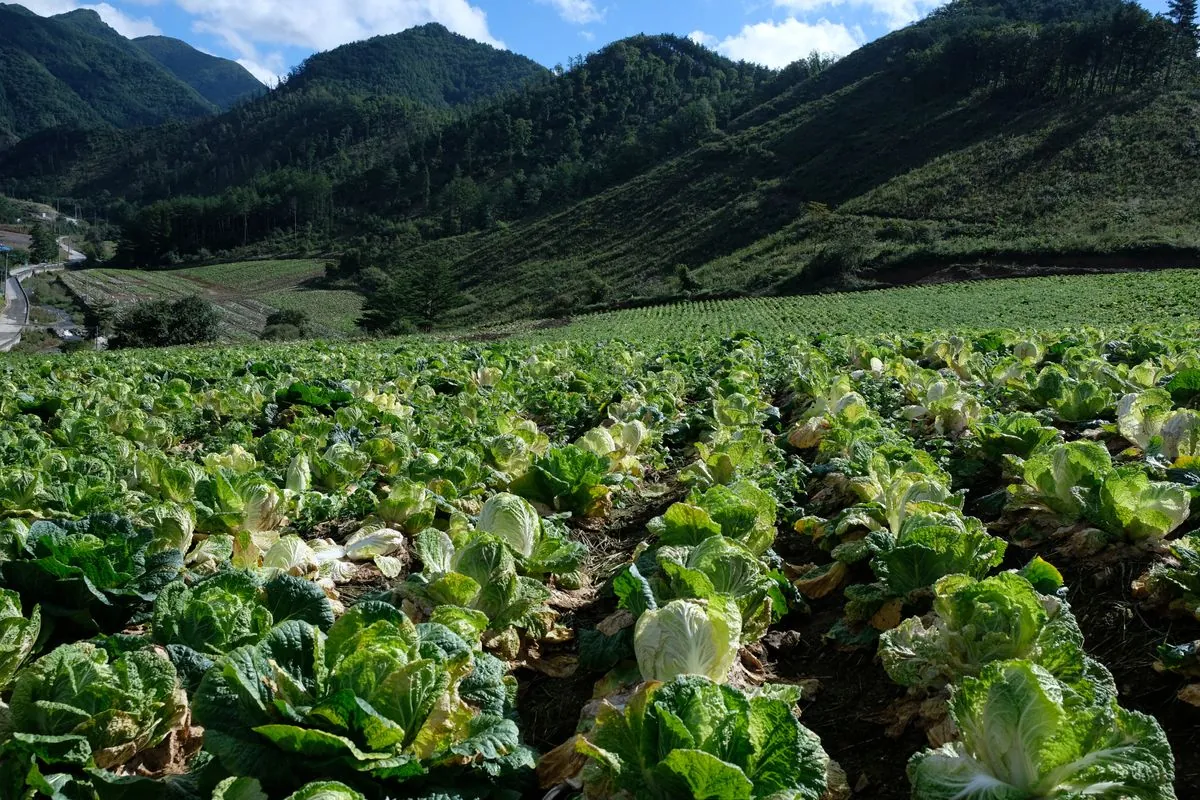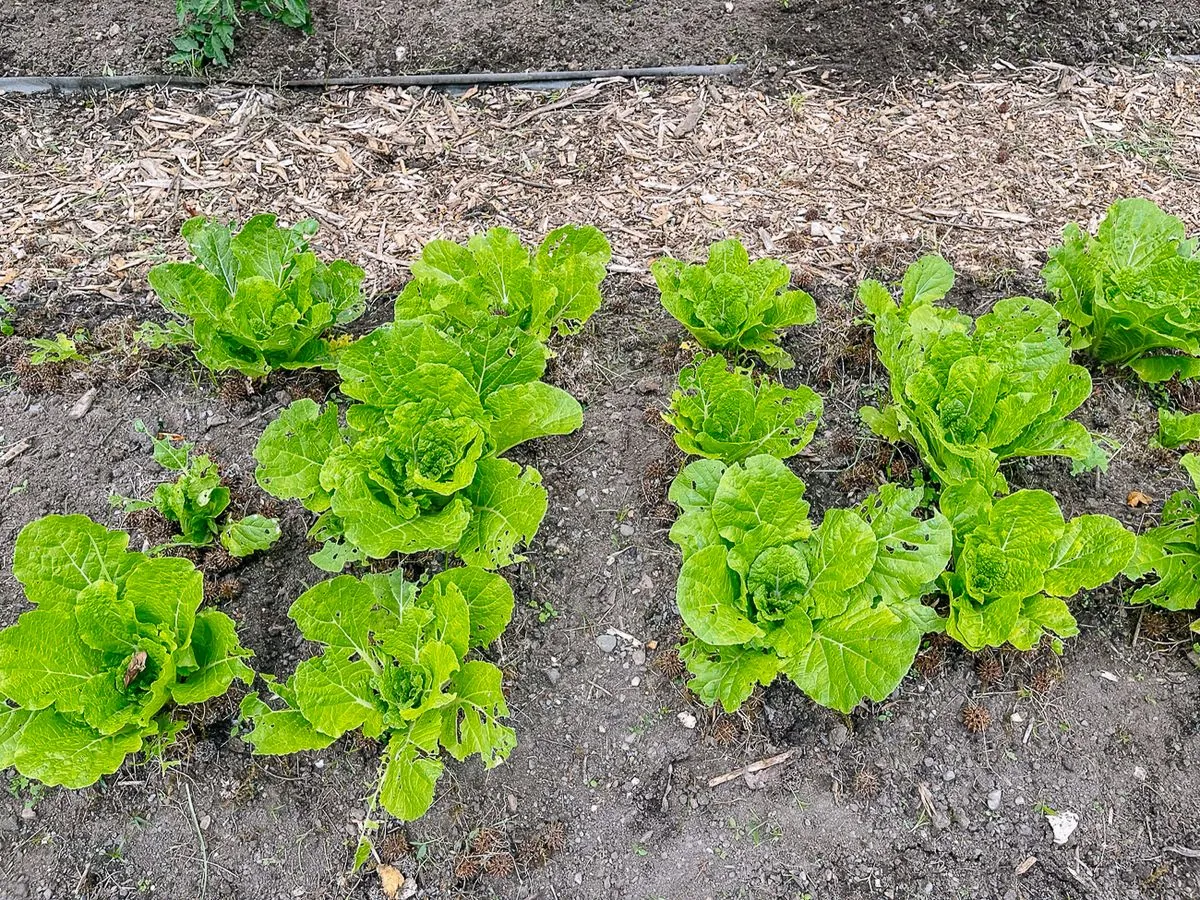Climate Change Threatens South Korea's Iconic Kimchi Production
Rising temperatures are impacting napa cabbage cultivation in South Korea, jeopardizing kimchi production. Scientists and farmers express concern over the future of this cultural staple.

In South Korea, a culinary crisis is unfolding as climate change threatens the production of napa cabbage, the key ingredient in the nation's beloved kimchi. This fermented dish, which has been a staple of Korean cuisine for centuries, is facing an uncertain future due to rising temperatures affecting cabbage cultivation.
Lee Young-gyu, a plant pathologist and virologist, explains that napa cabbage thrives in cooler climates, typically grown in mountainous regions where summer temperatures once rarely exceeded 25°C (77°F). However, the warming trend is pushing temperatures beyond the optimal range of 18-21°C (64-70°F), jeopardizing crop yields and quality.
The impact of climate change on kimchi production is not just a concern for the distant future. Farmers and kimchi makers are already experiencing the effects. Lee Ha-yeon, a designated Kimchi Master from the Agriculture Ministry, describes how higher temperatures cause the cabbage to deteriorate: "The heart of the cabbage goes bad, and the root becomes mushy."

Statistical data paints a grim picture of the situation. According to government figures, the highland cabbage farming area has decreased by more than half in the past two decades, from 8,796 hectares in 2004 to 3,995 hectares in 2024. The Rural Development Administration projects an even more dramatic decline, estimating that by 2049, only 44 hectares will remain suitable for cabbage cultivation. Their most alarming prediction suggests that by 2090, highland cabbage farming could cease entirely.
The challenges facing South Korea's kimchi industry are compounded by competition from Chinese imports. Customs data reveals that kimchi imports, primarily from China, reached $98.5 million by the end of July 2024, marking a 6.9% increase and the highest figure ever recorded for this period.
"When we see the reports that there will come a time in Korea when we can no longer grow cabbage, it was shocking on the one hand and also sad at the same time. Kimchi is something we cannot not have on the table. What are we going to do if this happens?"
To address these challenges, the South Korean government has implemented large-scale climate-controlled storage facilities to prevent price spikes and shortages. Scientists are also working to develop cabbage varieties that can withstand warmer climates and are more resilient to rainfall fluctuations and infections.
The importance of kimchi in Korean culture cannot be overstated. Added to UNESCO's Intangible Cultural Heritage list in 2013, kimchi has been a part of Korean cuisine since the Silla Dynasty (57 BC - 935 AD). With over 200 varieties, the average Korean consumes about 18 kg of kimchi annually. Its significance extends beyond nutrition, as kimchi-making, known as "kimjang," is a communal activity that brings families and neighbors together.
As South Korea grapples with this climate-induced threat to its culinary heritage, the race is on to preserve the future of kimchi. The outcome of these efforts will not only impact the nation's food culture but also its agricultural landscape and economy in the years to come.


































